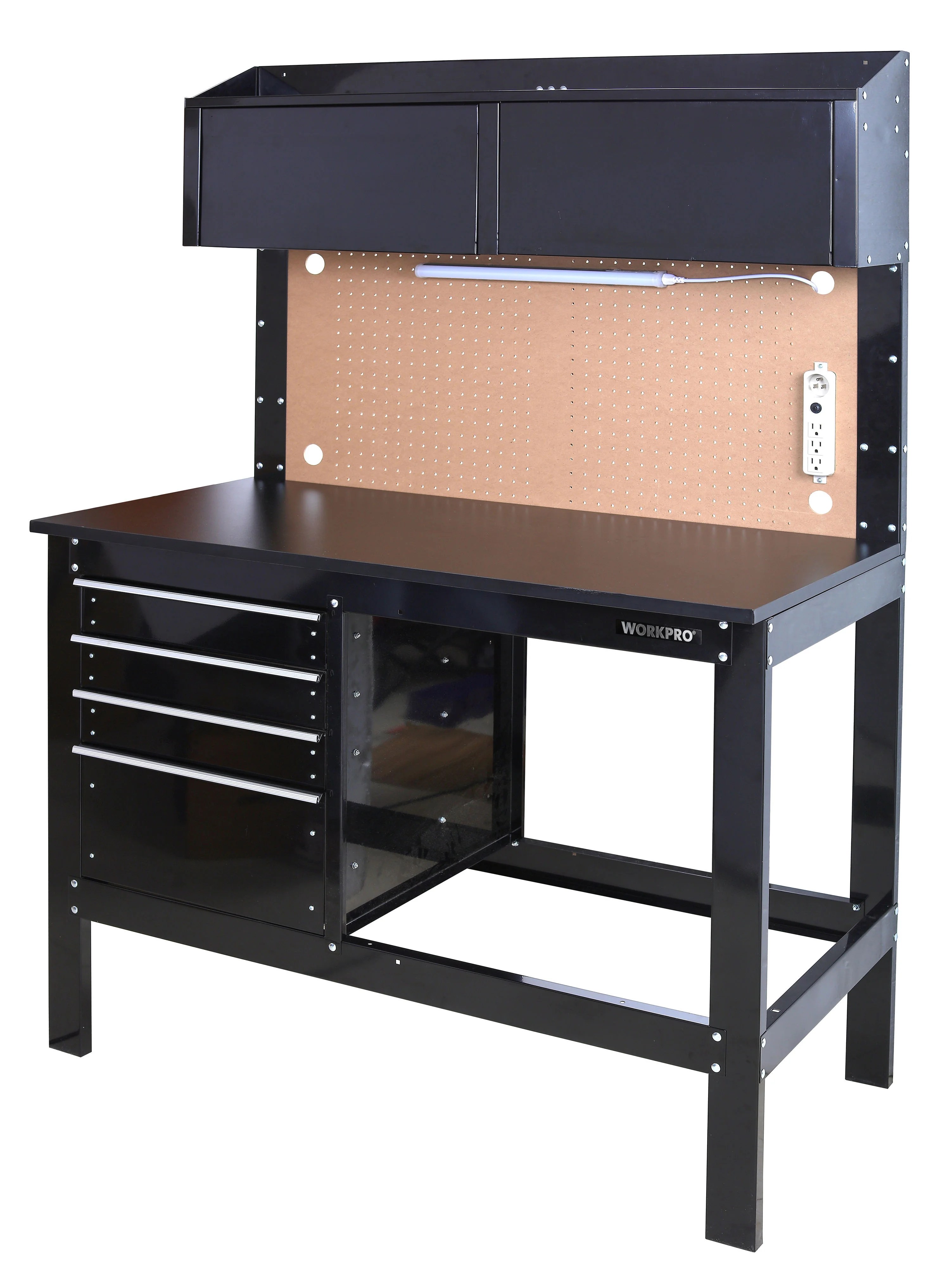:strip_icc()/102977636_81d91fe04718d7deef6e826b2c1c6d4099c905a6_preview-61332fa4d6b9456691b51013d77bb36b.jpg) www.bhg.com ```html
www.bhg.com ```html Introduction: Building Your Own Outdoor Wooden Storage Bench
An outdoor wooden storage bench is a fantastic addition to any patio, deck, or garden. It provides comfortable seating while offering valuable storage space for gardening tools, cushions, toys, or anything else you want to keep out of sight but within easy reach. This guide will walk you through the process of building your own durable and stylish outdoor storage bench.
Materials and Tools Needed:
Before you begin, gather all the necessary materials and tools. This will save you time and frustration later on. Here's a suggested list: Wood: Cedar, redwood, or pressure-treated lumber are excellent choices for outdoor projects due to their resistance to rot and insects. Determine the size of your bench and purchase lumber accordingly. Consider 2x4s for the frame and 1x4s or 1x6s for the seat and siding. Fasteners: Exterior-grade screws (deck screws) are essential to withstand the elements. Use a variety of lengths to accommodate different thicknesses of wood. Hardware: Hinges for the lid, latches or magnetic closures to secure the lid, and optional decorative hardware like handles or pulls. Finishing Supplies: Wood stain or paint suitable for outdoor use, sealant, sandpaper (various grits), and brushes or rollers. Tools: Measuring tape, pencil, saw (circular saw or hand saw), drill with various drill bits and screw driving bits, sander, safety glasses, dust mask, square, and a level.
Step 1: Planning and Design
Start by determining the desired dimensions of your storage bench. Consider the available space and the amount of storage you need. Sketch out a simple design with dimensions, noting the length, width, and height of the bench, as well as the size of the storage compartment. This plan will serve as your roadmap throughout the project.
Step 2: Cutting the Wood
Using your plan as a guide, carefully measure and cut all the wood pieces to the required lengths. Precision is important to ensure a well-constructed bench. Double-check your measurements before each cut. Label each piece to avoid confusion later on. For example, label the front frame piece, side frame pieces, lid pieces, etc.
Step 3: Building the Frame
Construct the frame of the bench using the 2x4 lumber. Assemble the front, back, and side frame pieces using screws. Ensure the frame is square by using a square tool at each corner. A solid and square frame is crucial for the overall stability of the bench. Consider adding interior supports for increased strength, especially if the bench will hold heavy items.
Step 4: Adding the Bottom
Cut a piece of plywood or additional 1x4s to fit the bottom of the frame. Secure the bottom piece to the frame using screws. This will create the floor of the storage compartment. Make sure the bottom is flush with the frame or slightly recessed to prevent water from pooling.
Step 5: Attaching the Siding
Attach the 1x4 or 1x6 boards to the outside of the frame to create the siding. Start from the bottom and work your way up, overlapping each board slightly to create a visually appealing and weather-resistant surface. Secure each board with screws. Ensure that the siding is evenly spaced and aligned.
Step 6: Building the Lid
Construct the lid of the bench using the remaining 1x4 or 1x6 boards. Cut the boards to the appropriate length and assemble them side by side, securing them with screws. Consider adding a frame underneath the lid for added strength and stability. Ensure the lid is slightly larger than the opening of the bench to prevent rain from entering.
Step 7: Attaching the Lid and Hardware
Attach the lid to the frame using hinges. Position the hinges carefully to allow the lid to open and close smoothly. Install latches or magnetic closures to secure the lid when closed. You can also add handles or pulls to the lid for easier opening.
Step 8: Sanding and Finishing
Sand all surfaces of the bench to create a smooth finish. Start with a coarser grit sandpaper and gradually move to finer grits. This will prepare the wood for staining or painting. Apply a wood stain or paint suitable for outdoor use, following the manufacturer's instructions. Allow the stain or paint to dry completely before applying a sealant. The sealant will protect the wood from the elements and prolong its lifespan.
Step 9: Adding Cushions (Optional)
For added comfort, add cushions to the bench. You can purchase pre-made outdoor cushions or make your own using foam and durable outdoor fabric. Secure the cushions to the bench with Velcro or ties to prevent them from sliding around.
Conclusion: Enjoy Your New Outdoor Storage Bench
Congratulations! You have successfully built your own outdoor wooden storage bench. This versatile piece of furniture will provide comfortable seating and valuable storage space for years to come. Enjoy relaxing on your new bench and organizing your outdoor essentials. Regularly inspect and maintain your bench to ensure its longevity.
``` Getting Outdoors
 healthbydesign.com
healthbydesign.com Outdoor Spaces Design Guide
 www.hgtv.com
www.hgtv.com 44 Outdoor Patio Ideas For A Place You'll Never Want To Leave
:strip_icc()/102977636_81d91fe04718d7deef6e826b2c1c6d4099c905a6_preview-61332fa4d6b9456691b51013d77bb36b.jpg) www.bhg.com
www.bhg.com  wallpaperaccess.com ```html
wallpaperaccess.com ```html  www.grainger.com
www.grainger.com  4hab.com
4hab.com  www.homelane.com Condo/House Plans (Free)
www.homelane.com Condo/House Plans (Free)  buildingandinteriors.com
buildingandinteriors.com  www.capitolcitylumber.com
www.capitolcitylumber.com  atelier-yuwa.ciao.jp ```html
atelier-yuwa.ciao.jp ```html  www.northerntool.com
www.northerntool.com  www.pinterest.com
www.pinterest.com  4hab.com
4hab.com  www.pinterest.com Here's a step-by-step guide on how to build a simple wooden birdhouse:
www.pinterest.com Here's a step-by-step guide on how to build a simple wooden birdhouse:  www.designcreationswoodworking.com
www.designcreationswoodworking.com  www.pinterest.com
www.pinterest.com  www.angelibebe.com
www.angelibebe.com /GettyImages-950605046-cc2d50e537204552bd5d7c590165fd85.jpg) www.liveabout.com
www.liveabout.com  www.kidstoo.org
www.kidstoo.org  www.walmart.com
www.walmart.com  www.walmart.com
www.walmart.com  industrialladder.com
industrialladder.com  www.popularwoodworking.com ```html
www.popularwoodworking.com ```html  hammerandhandsaw.com
hammerandhandsaw.com  www.artofit.org
www.artofit.org  javdna06.blogspot.com Here's a step-by-step guide on how to build a workbench with drawers:
javdna06.blogspot.com Here's a step-by-step guide on how to build a workbench with drawers:  www.homedepot.com
www.homedepot.com  www.walmart.com
www.walmart.com  www.travelandleisureasia.com ```html
www.travelandleisureasia.com ```html  commons.wikimedia.org
commons.wikimedia.org  www.vecteezy.com
www.vecteezy.com  millhollowworks.org
millhollowworks.org  octopusdoors.com.au
octopusdoors.com.au  woodworking.stackexchange.com ```html
woodworking.stackexchange.com ```html  www.bestbuy.ca
www.bestbuy.ca  www.machinio.com
www.machinio.com